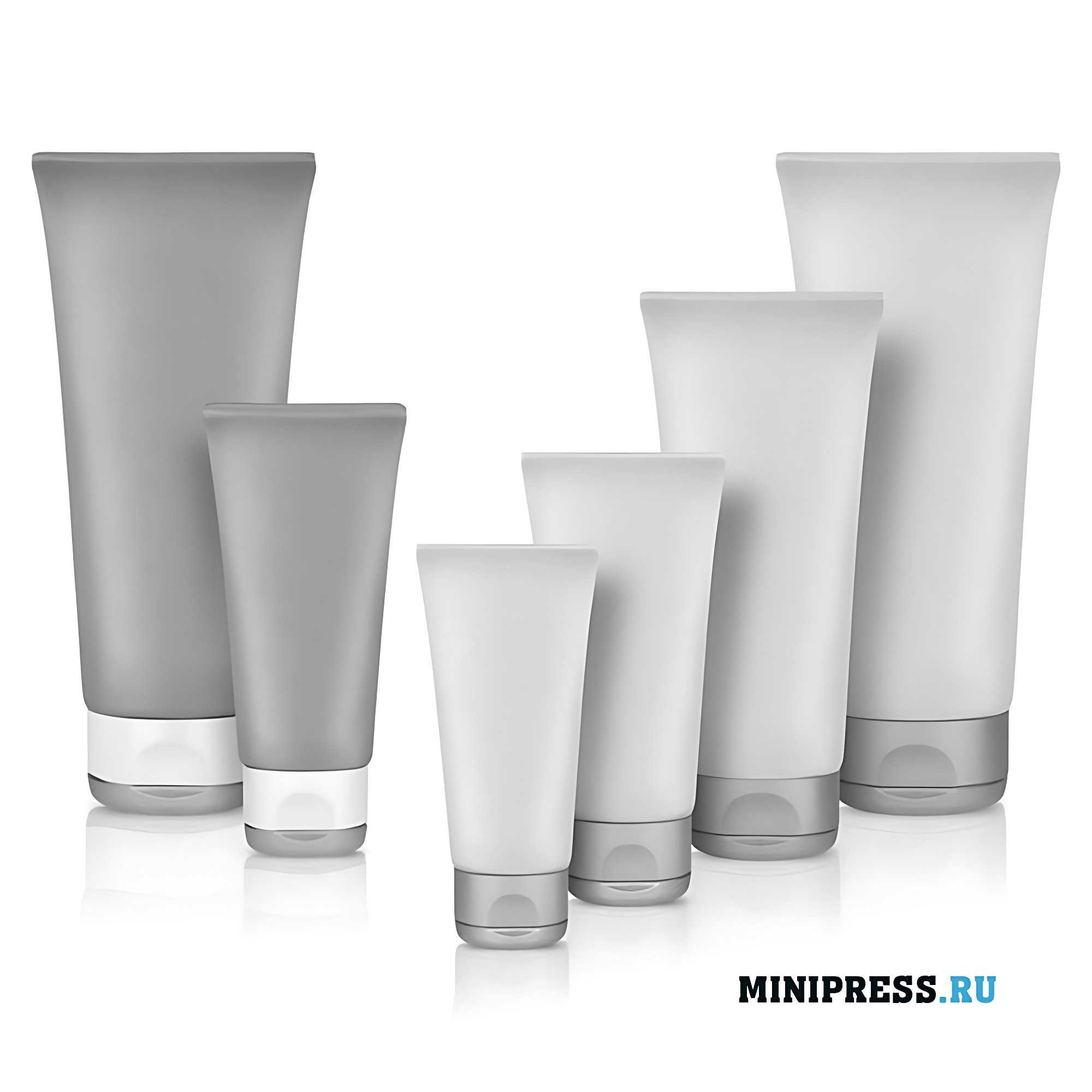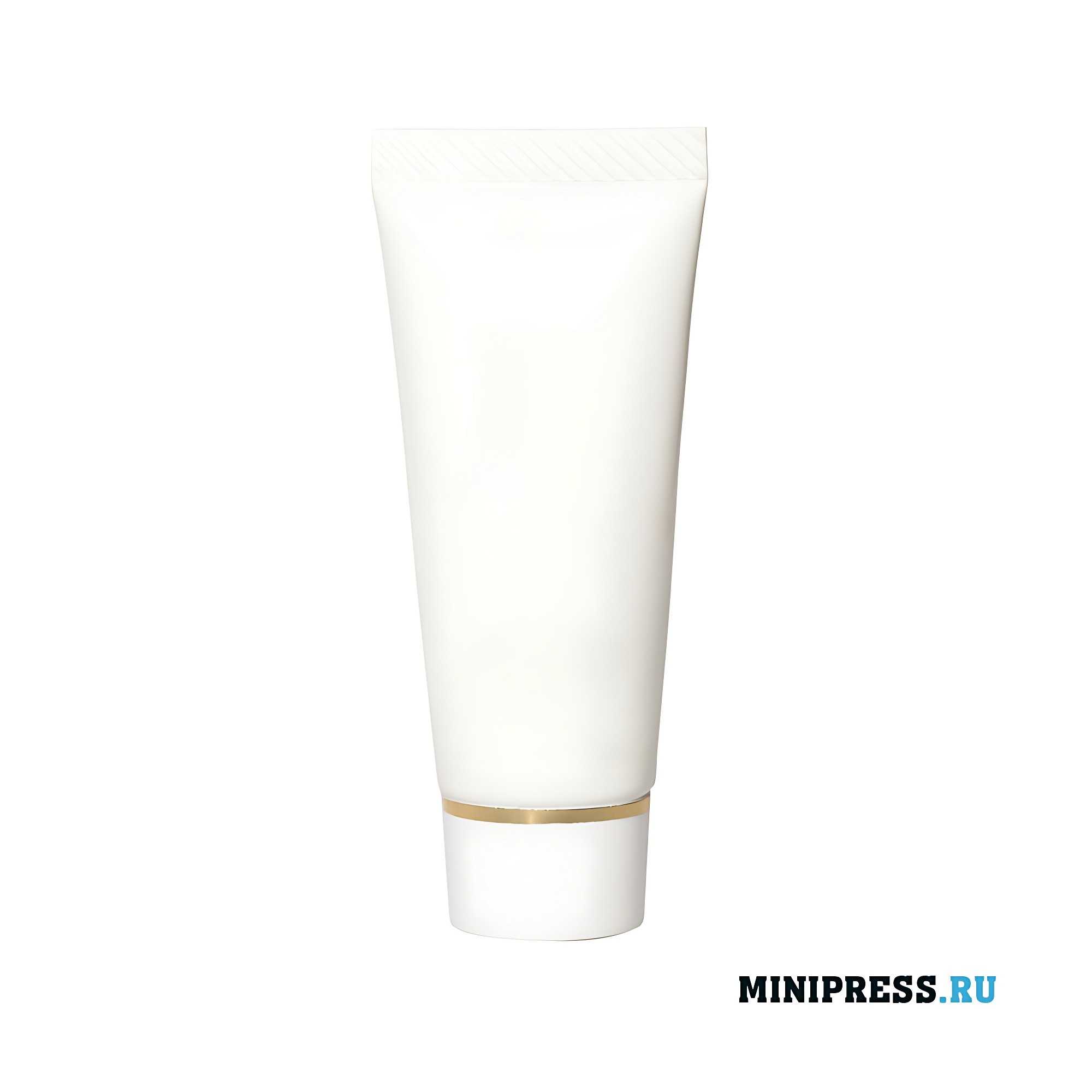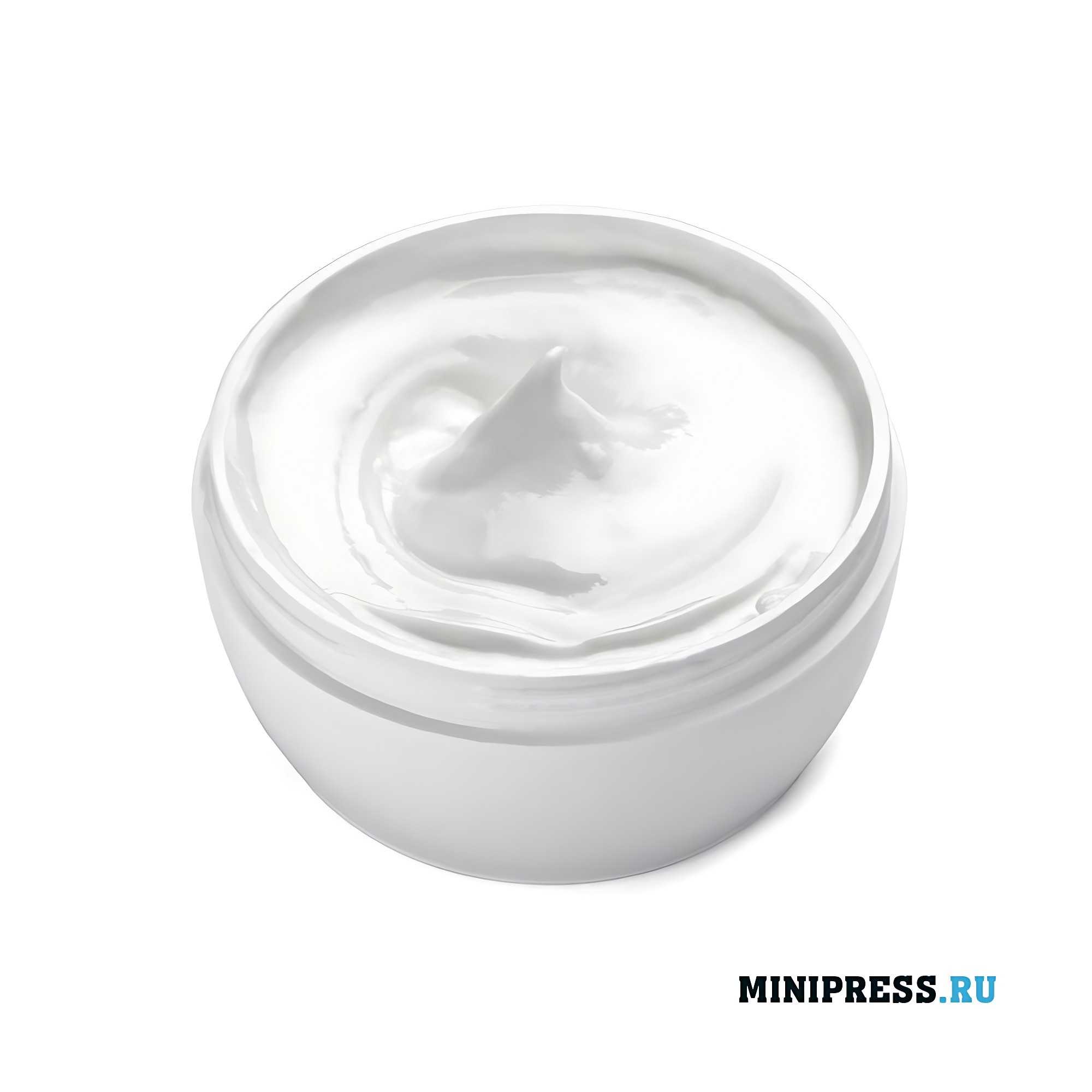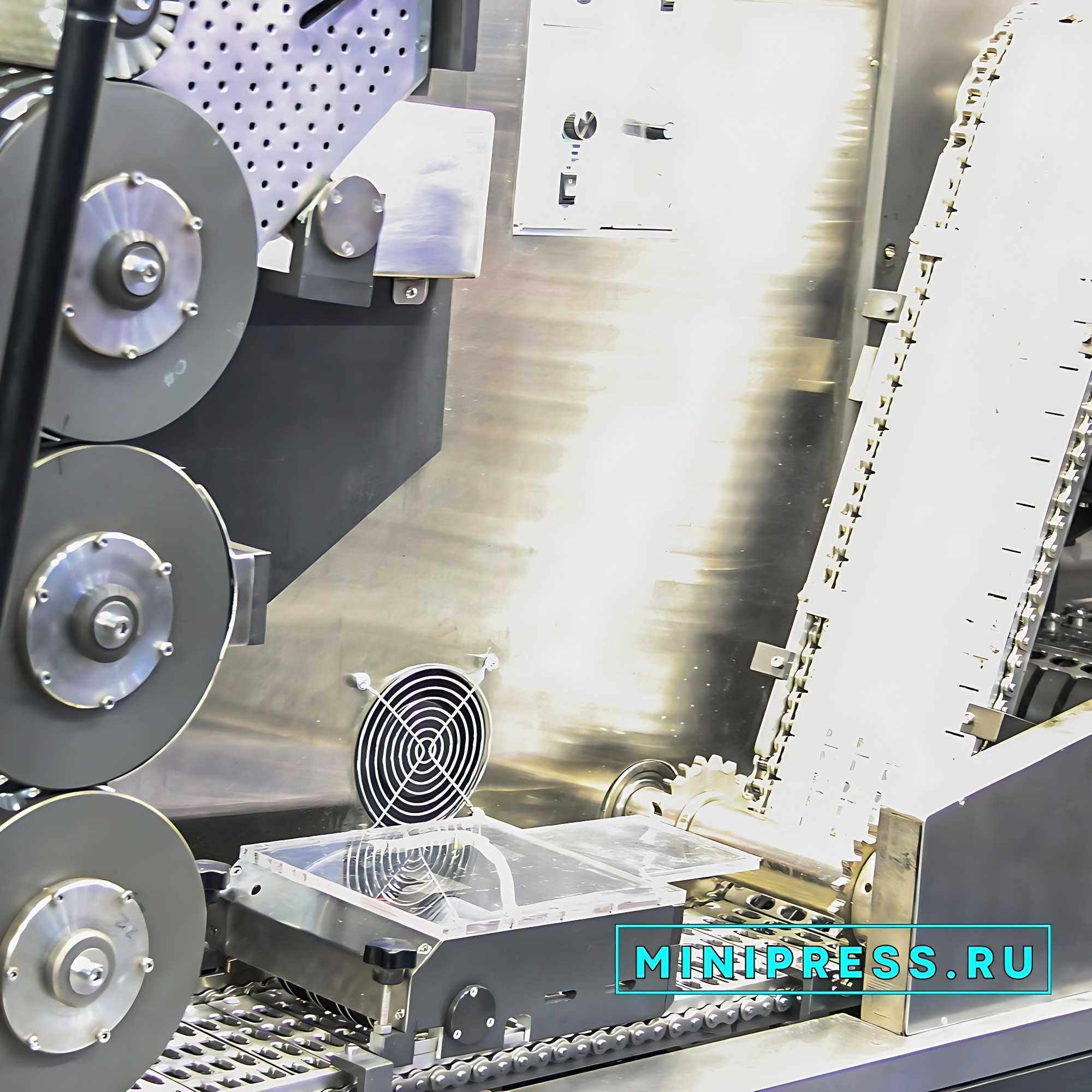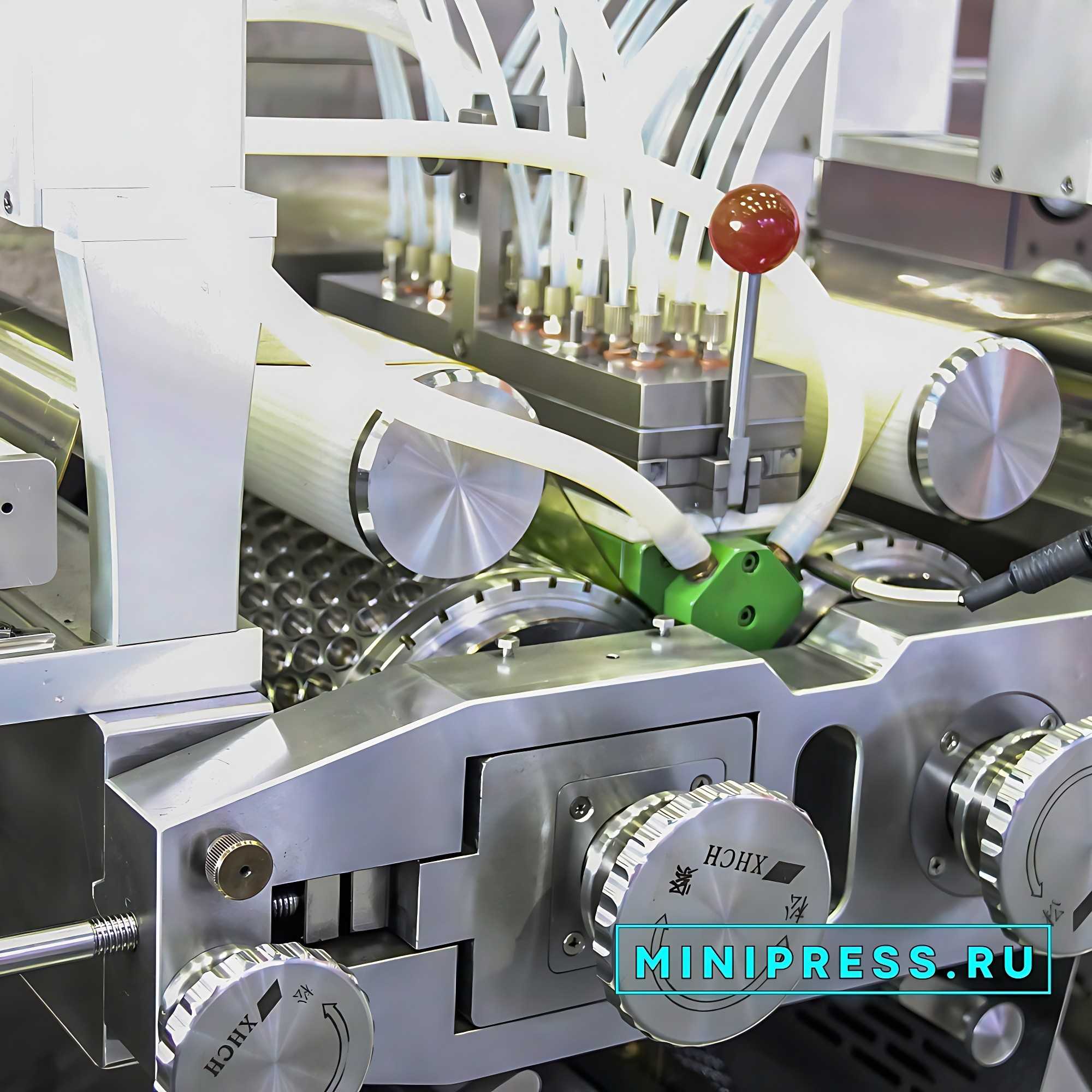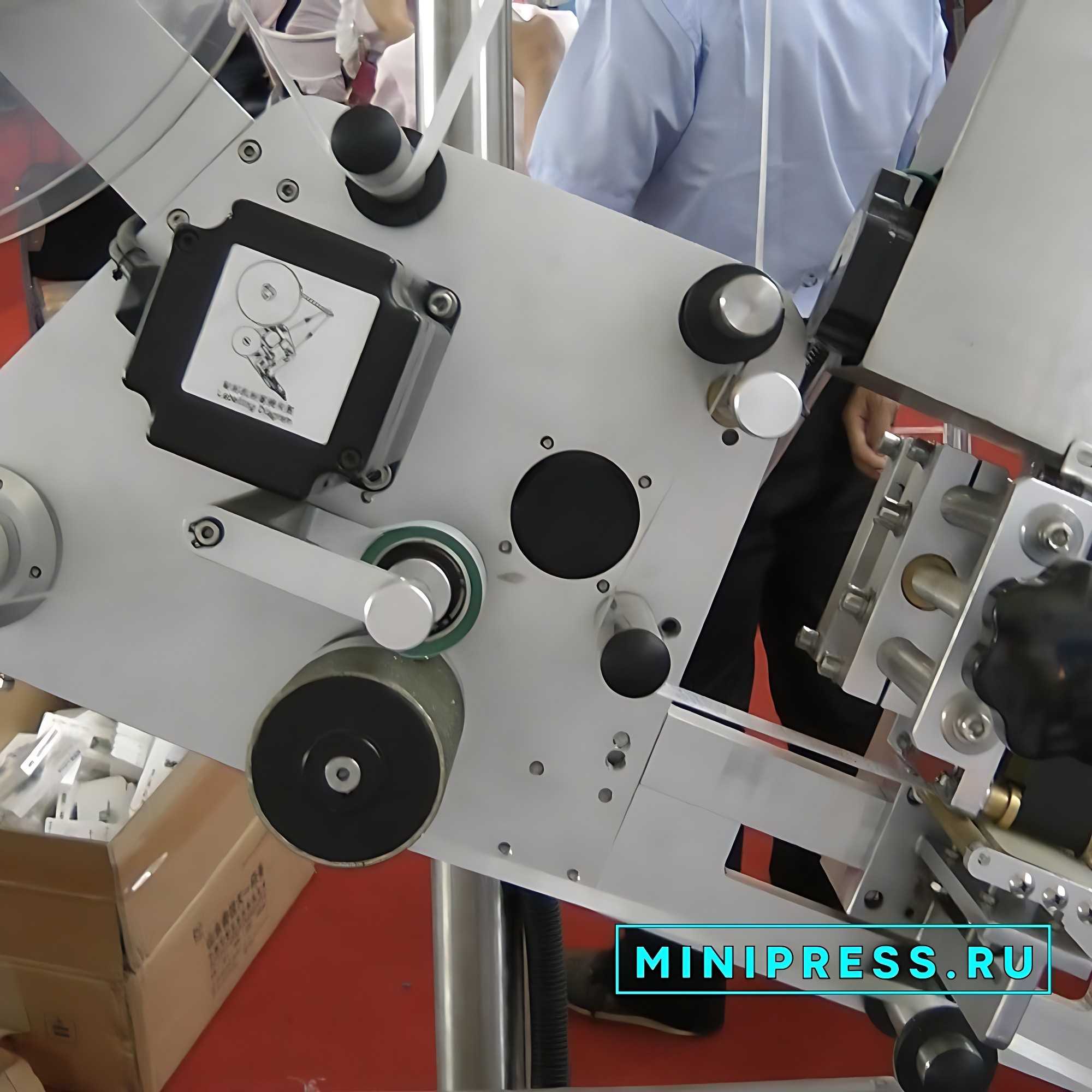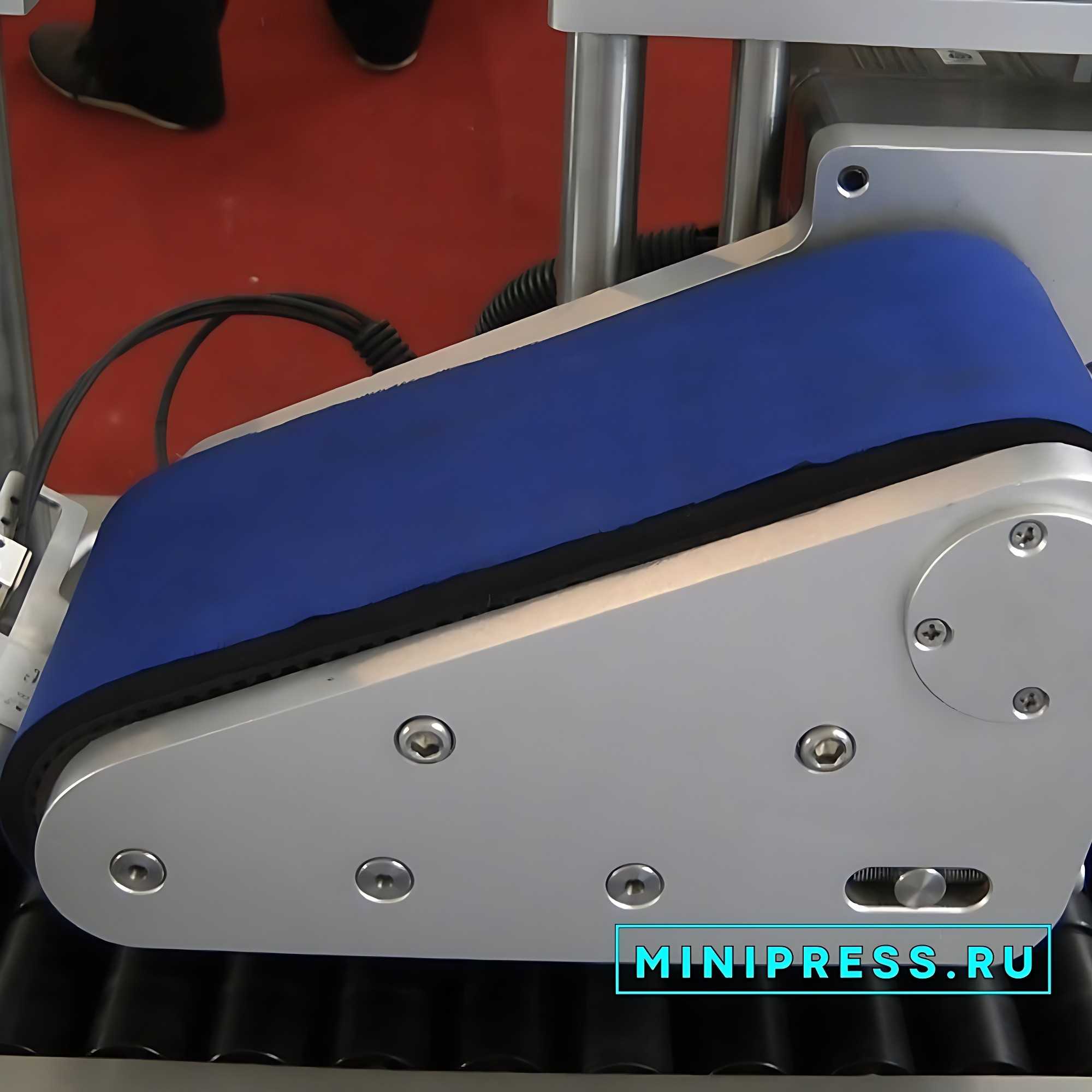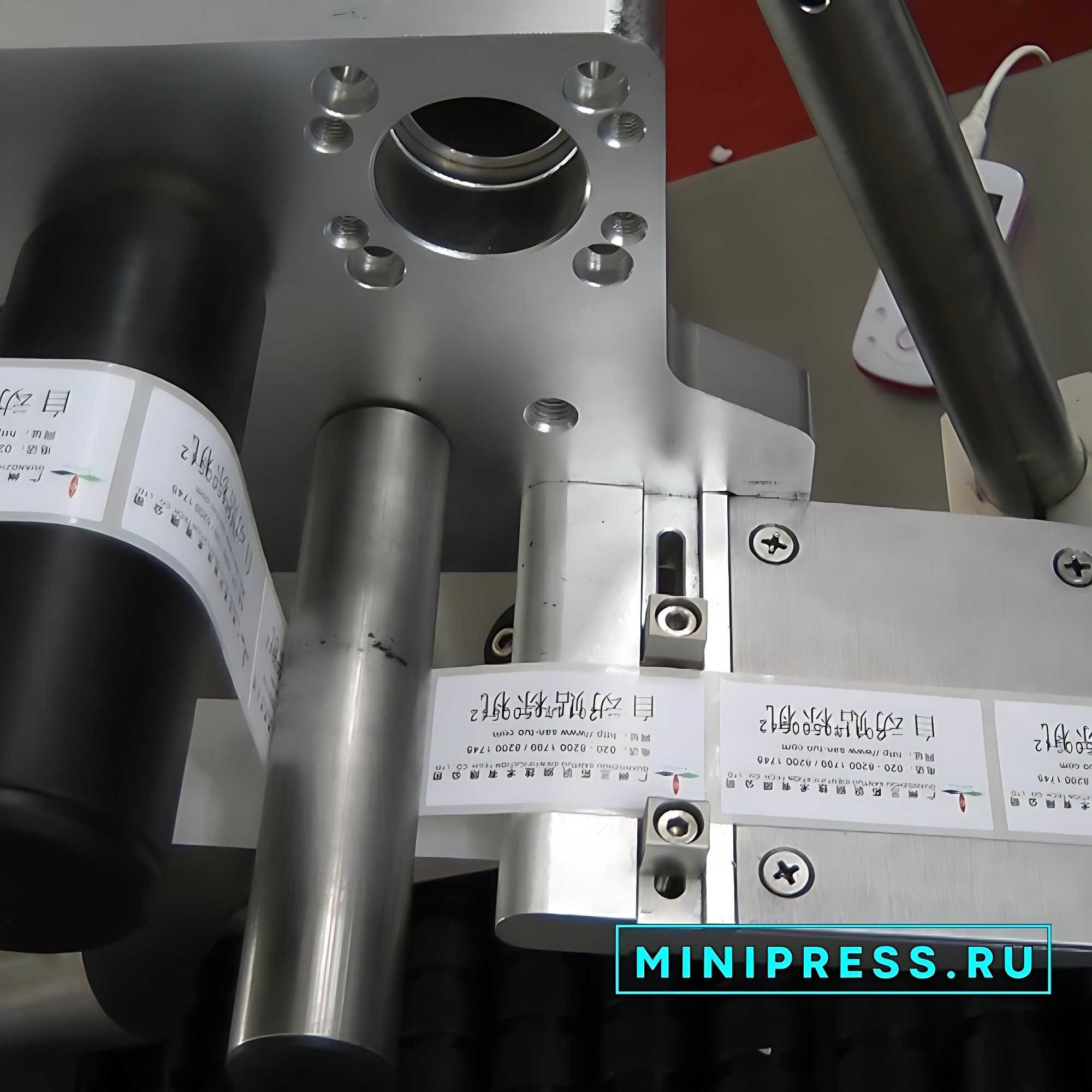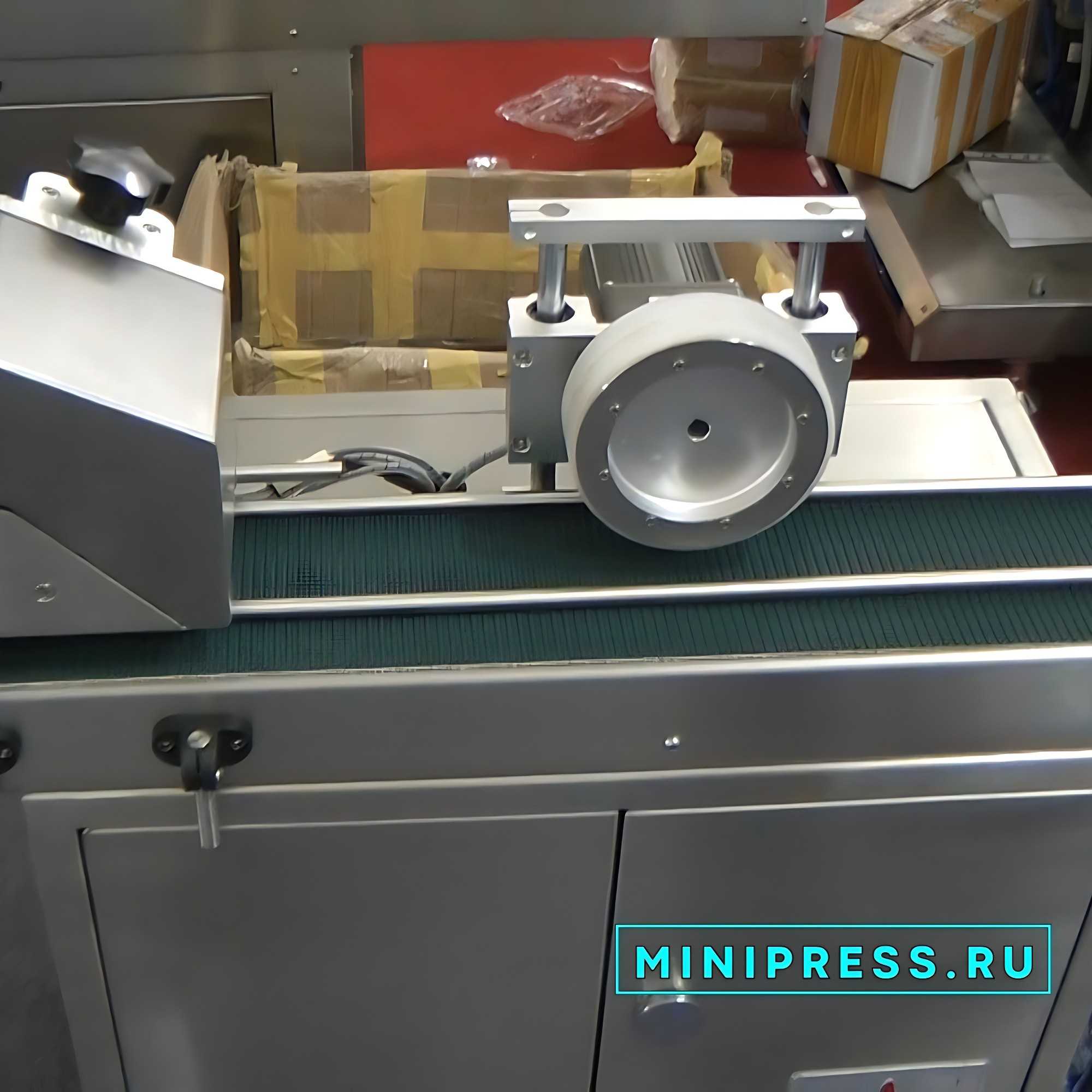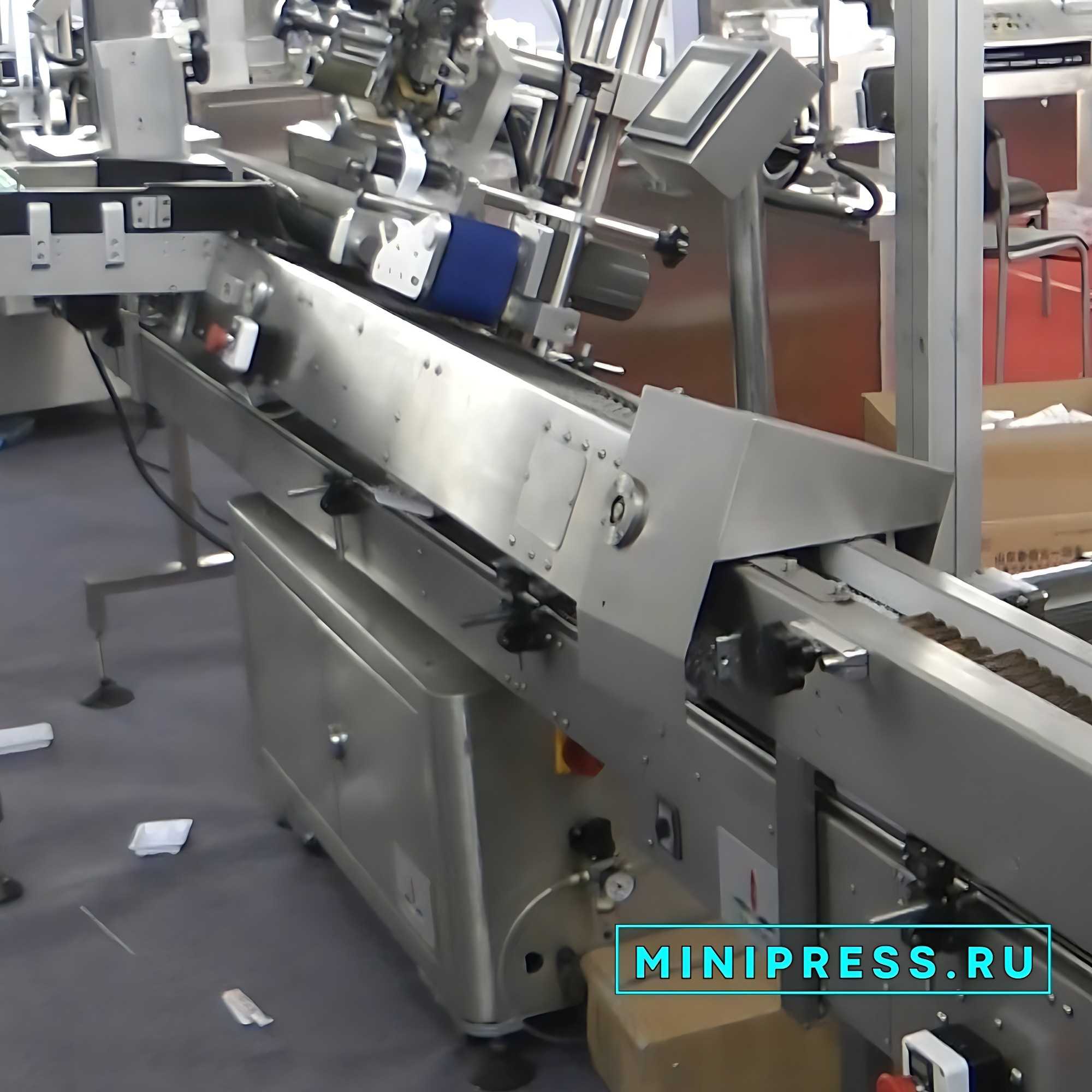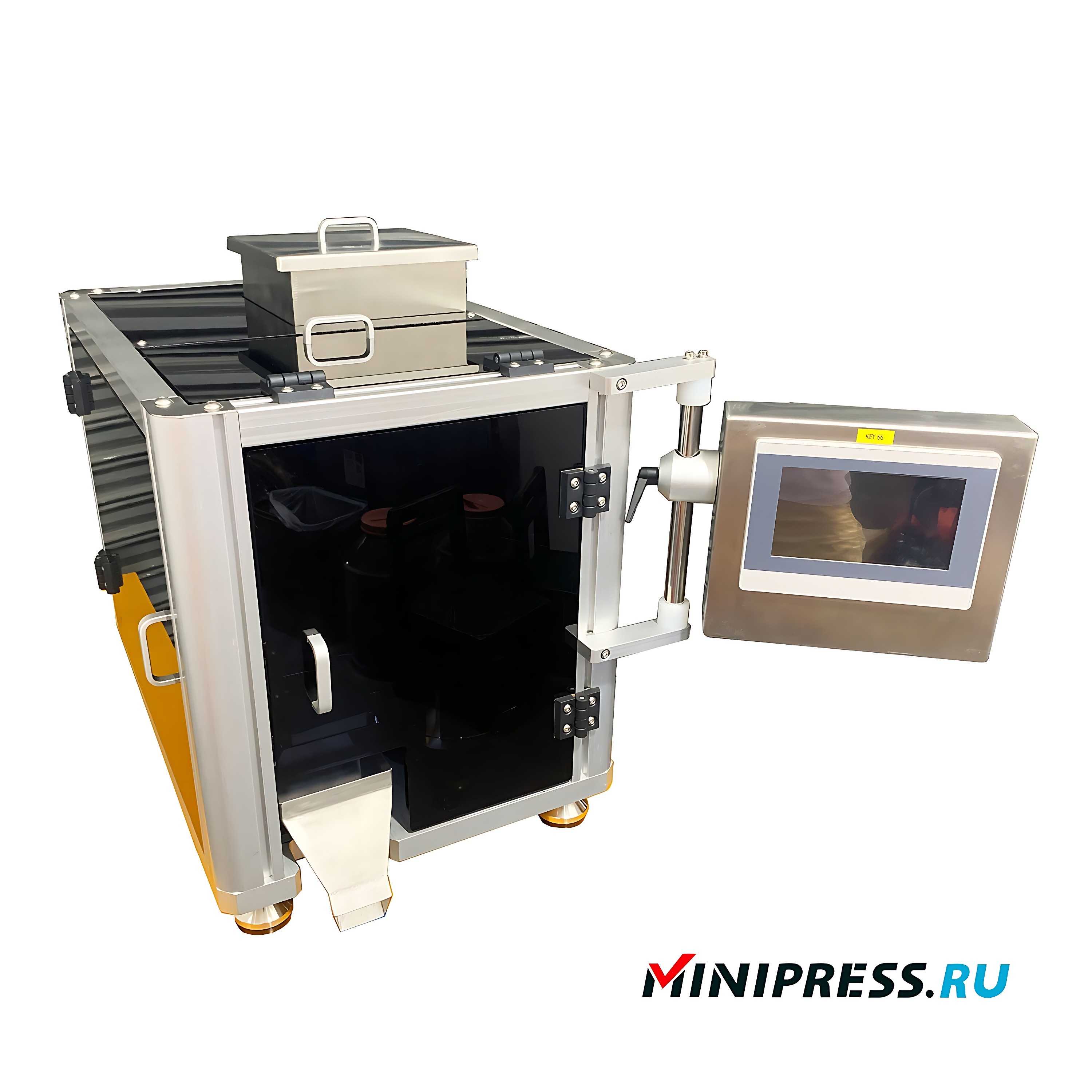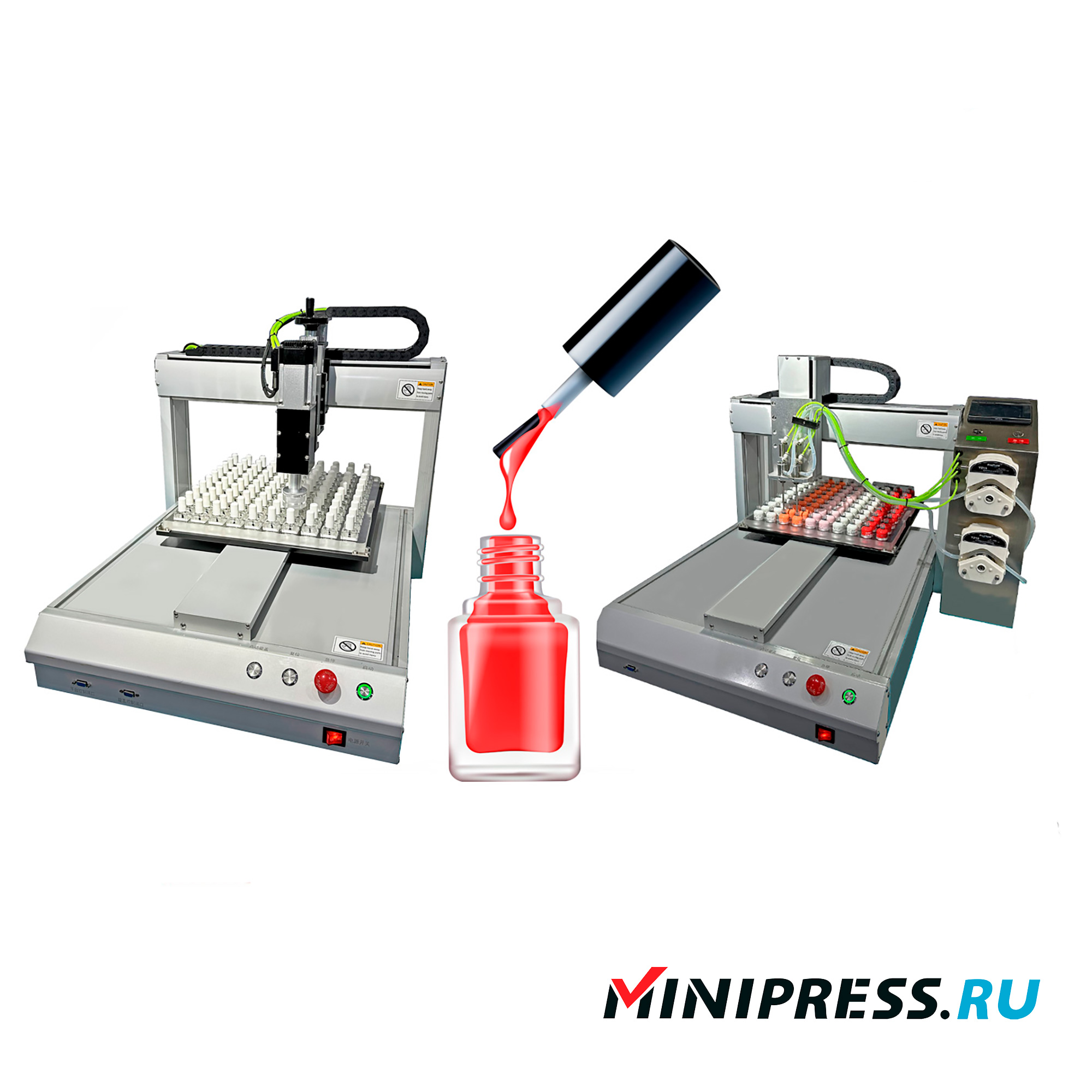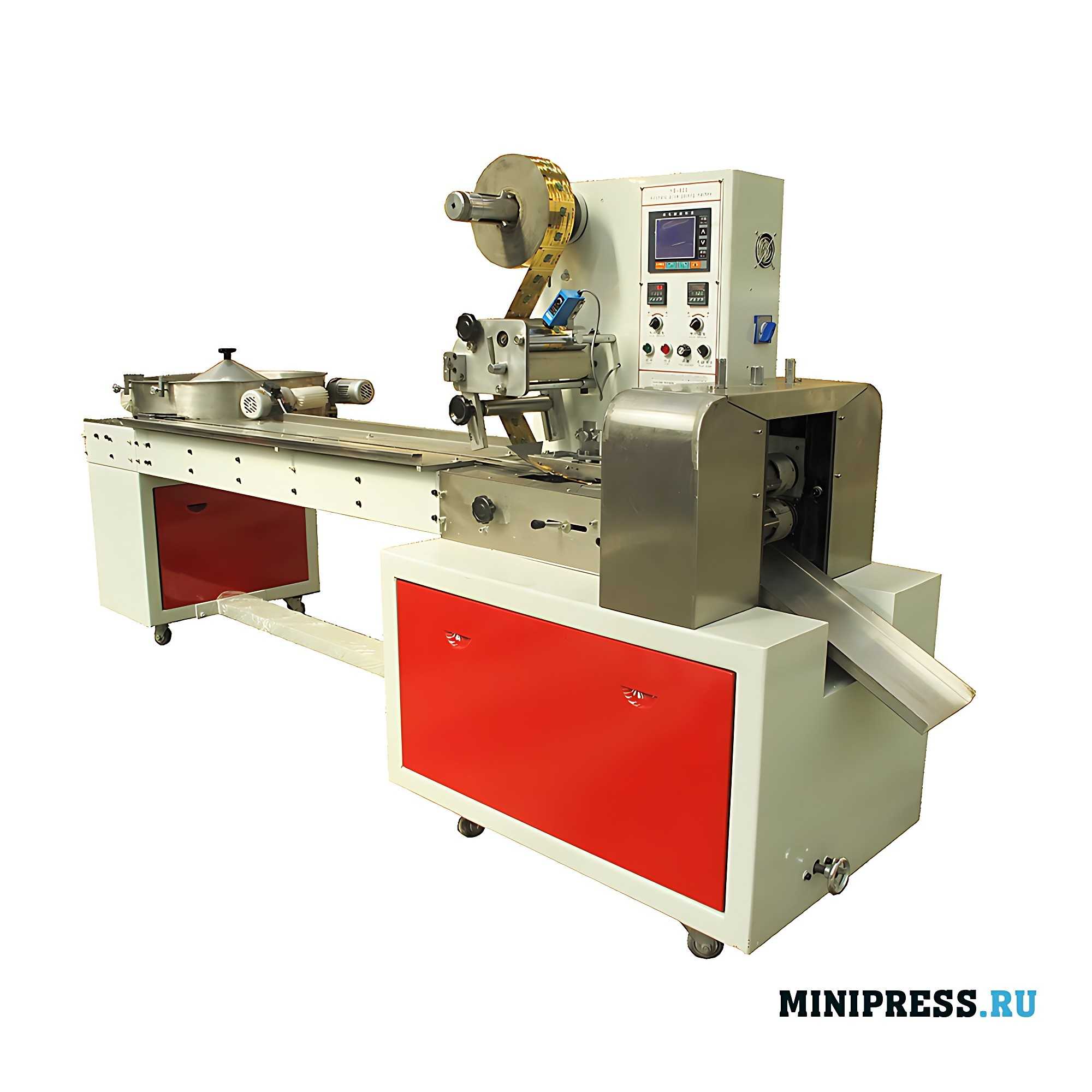 Video review of the model
Video review of the model
 Our service and customer service
Our service and customer service
Phytosterol in its structure is close to cholesterol and has its properties: 1 part of phytosterol can hold up to 12 parts of water.’In appearance, phytosterol is a white creamy mass, which is easily applied to the skin, well tolerated and recommended for those with sensitive skin. A water base containing up to 15% phytosterol is used in ointments for the treatment of eczema.
Gels of clay minerals. Found application montmorillonite deposits of Ukraine. Sodium forms of montmorillonites are so finely dispersed that they are able to form a very delicate paste when mixed with water or aqueous solutions.
Bentonites are natural inorganic polymers. They are related to clay materials. Bentonites are able to form a film on the skin that dries quickly, so they are used in protective ointments. Bentonites (especially their sodium salts) have a high swelling capacity. They have high indifferentiability, stability, ability to absorb exudate. Bentonites easily release the drug substance, provide its absorption, and can be used to obtain dry ointments-concentrates. The disadvantage of bentonites is their drying. To prevent this, up to 10% glycerin is added to the base. Protein solutions and gels. Currently, gelatin, which is a product of denaturation of collagen protein of connective tissue, is used exclusively for the purpose of obtaining protective ointments. Collagen gels. Collagen is a bioadequate polymer and represents the main protein of connective tissue. It is obtained from the skin of cattle. At a concentration of 2-5% it forms viscous transparent gels when swelling in water. Optimal rheological properties have gels of collagen at a concentration of 3%. These gels are non-toxic, absorbed and fully utilized by the body, well release drugs, have sorption ability, reparative properties and are included in ointments for the treatment of wounds. The disadvantage of collagen gels is their susceptibility to drying. To prevent this, up to 2% glycerin is added to them.
Gelatin-glycerin gel (gelatin 1-3%, glycerin 10-30%) is a transparent mass of yellowish color, which easily liquefies when rubbed into the skin. It is used for making protective ointments and skin adhesives, as it solidifies on the skin in the form of a film. The gel is applied to the hands in the melted state.
 Pharmaceutical Glossary
Pharmaceutical Glossary
 Technical specifications
Technical specifications
The polymer consists of glucose and has a molecular weight of up to 150. Dextran solutions are colorless and odorless substances of ointment-like consistency with high indifference and a pH of 4.5 to 6.5. Starch gels. Starch-glycerin gel is used, which is a colorless transparent homogeneous mass. It is easily distributed on the surface of the mucous membrane. Due to the presence of glycerin, this gel is resistant to microorganisms, but during storage is subject to syneresis – spontaneous reduction in the volume of the gel, accompanied by the separation of liquid. Starch-glycerin gel is excluded from the State Register, but is used in pharmacy practice.
Solutions and gels of natural and synthetic polymers represent a large group of water-soluble ointment bases. Polyethylene glycol bases have found the widest application among polymers of this group, they are included in pharmacopoeias of most countries of the world. Polyethylene glycol bases for ointments can be: separate monomers obtained by polymerization of ethylene oxide and having elastically viscous plastic consistency; a mixture of liquid and solid monomers, sometimes with the addition of any fillers.
In addition, polyethylene glycols (PEGs), also called polyethylene oxides (PEOs), can be used to prepare absorption, emulsion and other bases.
Polyethylene oxides are the product of polymerization of ethylene oxide in the presence of alkali. There are differentiated volatile (PEO-400) and solid (PEO-1500, PEO-4000) polyethylene oxides. Their consistency depends on the degree of polymerization. PEO-400 and PEO-1500 alloys are used as bases for ointments. Optimal rheological properties have an alloy in the ratio of 8:12. These bases are indifferent, resistant to heat and light, do not disrupt the physiological functions of the skin, easily release drugs and ensure their high bioavailability. They have high osmotic activity and are used in ointments for the treatment of purulent wounds (levomikol, levosin, etc.). In addition, polyethylene oxides can be used for the preparation of absorbent, emulsion and other bases. The disadvantage of polyethylene oxides is that they cause dehydration of mucous membranes.
 Additional information
Additional information
Solutions of oligoesters. Oligoesters are esters of polyatomic alcohols (glycerol, sorbitol, diethylene glycol, etc.) and multibasic acids (tartaric, citric, succinic, etc.). Depending on the ratio of the initial components and the degree of their condensation, products of different viscosity can be obtained: from liquid to very thick.
Polyvinylpyrrolidone gels. Polyvinylpyrolidone (PVP) is a colorless amorphous hygroscopic powder, soluble in water, glycerol and polyethylene oxides. Aqueous solutions of PVP change color during storage and are subject to microbial contamination. PVP is miscible with lanolin, simple and esters, castor oil, cellulose derivatives and silicone fluids. PVP gel at concentrations up to 20% is used to prepare bases. Polyvinyl alcohol gels. Polyvinyl alcohol (PVS) is a white or yellowish powder, insoluble in ethyl alcohol. PVA is soluble in water and glycerin when heated. Aqueous solutions of PtHS are characterized by high viscosity. For ointments 15 % PVA gel is used.
Rarely cross-linked acrylic polymers (RAP) are copolymers of acrylic acid with polyalkyl polyethers of polyatomic alcohols. Abroad they are called “Carbopols” or “Carbomers”. In USA they are produced under the brand name “Arespol” or “MARS-06”. RAPs form viscous transparent homogeneous gels with maximum viscosity in the pH range from 5 to 9. They easily release drug substances and provide their high bioavailability. RAPs are absorbed through the skin and provide a prolonged effect.
Phytosterol gels. They are formed due to the ability of phytosterol to swell strongly in water, apparently due to the formation of H-bonds. Phytosterol is soluble in many organic solvents, but at the same time is able to retain significant amounts of water (12 times the initial mass of phytosterol). A gel consisting of 12-15% phytosterol and 88-85% water has been proposed as a base for ointments.
It is a white or slightly yellowish mass, which is mixed with amidochlorous mercury, zinc oxide, sulfur, ichthyol and other substances. Phytosterol is obtained from coniferous wood. The main component is B-sterol.
Order status tracking
I'm waiting to get my XL-12 plastic bottle filling and capping machine to Brussels, then I want to buy an automatic capsule machine model GN-28 26/12/2025 08:23
Good afternoon, Mason! On the first question - the shipment will arrive in Brussels In the afternoon. On the second question - the model GN-28 will be processed under a new contract ? Contact the office. 26/12/2025 08:23
I'm waiting to get my XL-12 plastic bottle filling and capping machine to Geneva, then I want to buy an automatic capsule machine model GN-28 26/12/2025 08:33
Good afternoon, Emily! On the first question - the shipment will arrive in Geneva tomorrow until 14:30. On the second question - the model GN-28 will be processed under a new contract ? Contact the office. 26/12/2025 08:34
Have you received payment from our company ? When can we expect delivery ? Please specify realistic terms. 26/12/2025 08:43
Good afternoon Abigail, You paid a few hours ago. We told you that the delivery time is 30 to 45 days. as stipulated in the contract we will get a reply from the manufacturer on the final time frame. 26/12/2025 08:46
Good afternoon, we have contracted you to deliver a GK-40 dry powder granulator to Stockholm, do you deliver to the terminal or to the actual address? 26/12/2025 08:53
Hello Grace, we deliver all over USA including to Stockholm . The price in the catalog includes any delivery our customer asks for. 26/12/2025 08:56
Roman, our company bought VL-100 V-shaped powder mixer, but it is not enough for us, can we return it and exchange it for V-300 model? 26/12/2025 09:03
Lily, good afternoon. When we corresponded with you, I warned you that this is a model with a small load. Unfortunately we can not pick up the equipment. As an option, we will offer our customers with a discount. 26/12/2025 09:04
HX-6 Plastic Tube Filling and Sealing Machine in Amsterdam? Price delivery terms and conditions 26/12/2025 09:13
William, good afternoon, we have received your request by email. In 15 minutes we will send you our quotation for this model of equipment. 26/12/2025 09:13
LW-35 automatic PVC+cardboard blister packaging machine has been on the road for 30 days. What news ? 26/12/2025 09:23
Hello Victoria, We are on time, after lunch a driver will contact you about unloading. 26/12/2025 09:27
Dear Roman, good afternoon, vacuum powder conveyors QV-05 in quantity of 4 pieces, already on their way to Jurmala ? 26/12/2025 09:33
Good afternoon, Logan! Our manager has sent a scan of the bill of lading to your email. The shipment is on its way. 26/12/2025 09:36
Hello, I will quickly ask, what about BG-80 film coating boiler and HX-7 ultrasonic machine for sealing plastic tubes, contract No. 11 ???? 26/12/2025 09:43
Aiden, good afternoon! Your positions are produced by different factories, for HX-7 the factory reported that it is 90% ready, for BG-80 we are waiting for an answer tomorrow until 18: 30. We will report back immediately. 26/12/2025 09:45
Hello Roman! Thank you for the service and quality of your products. We are very happy and satisfied with the purchase! 26/12/2025 09:53
Hello Grace, Apparently you have tested your vacuum lyophilic dryer LZY-01. Its quality is above average, it will work. We are waiting for your new applications. 26/12/2025 09:55
- EQUIPMENT FOR FILLING CREAMS AND SEALING PLASTIC TUBES
- EQUIPMENT FOR PRINTING LOGO ON TABLETS AND CAPSULES
- BOTTLE FILLING AND CAPPING EQUIPMENT
- EQUIPMENT FOR FILLING HARD GELATIN CAPSULES WITH POWDER
- EQUIPMENT FOR PACKAGING TABLETS AND CAPSULES IN PLASTIC BOTTLES
- EQUIPMENT FOR WASHING AND STERILIZING BOTTLES
- MACHINES FOR THE PRODUCTION OF SUPPOSITORIES
- EQUIPMENT FOR COATING TABLETS
- MACHINES FOR FORMING AND FILLING PLASTIC AMPOULES
- EQUIPMENT FOR FILLING AND SEALING GLASS AMPOULES
- EQUIPMENT FOR POLISHING AND DEDUSTING TABLETS AND CAPSULES
- EQUIPMENT FOR PACKING POWDERS INTO VIALS
- SPRAY DRYING EQUIPMENT FOR SUSPENSIONS
- EQUIPMENT FOR COUNTING AND PACKAGING TABLETS AND CAPSULES IN BOTTLES
- AUTOMATIC EQUIPMENT FOR REMOVING TABLETS AND CAPSULES FROM BLISTERS
- HIGH-PRECISION DOSING MACHINES POWDER FILLING MACHINES
- EQUIPMENT FOR THE PRODUCTION OF TABLETS
- AUTOMATIC PHARMACEUTICAL CENTRIFUGES
- EQUIPMENT FOR VACUUM TRANSPORTATION OF POWDERS
- EQUIPMENT FOR EFFICIENT MIXING OF POWDERS
- EQUIPMENT FOR HOMOGENIZING CREAMS AND OINTMENTS
- EQUIPMENT FOR AUTOMATIC BOTTLE FEEDING FOR FILLING LINES
- POWDER GRANULATION EQUIPMENT
- EQUIPMENT FOR SCREW FEEDING OF POWDERS
- EQUIPMENT FOR THE MANUFACTURE AND PACKAGING OF WET ALCOHOL WIPES
- EQUIPMENT FOR FILLING LIQUIDS IN PLASTIC AND METAL BARRELS
- EQUIPMENT FOR WEIGHT CONTROL AND SORTING OF CARDBOARD BOXES WITH MEDICINE
- EQUIPMENT FOR APPLYING THE EXPIRATION DATE AND BATCH NUMBER TO PRODUCTS
- EQUIPMENT FOR VACUUM PACKAGING IN PLASTIC BAGS
- EQUIPMENT FOR PACKAGING FOOD PRODUCTS IN DOY-PACK PACKAGES
- EQUIPMENT FOR PACKAGING TABLETS IN STRIPS AND TUBES
- FLOW-PACK PACKAGING MACHINES
- EQUIPMENT FOR PACKAGING PRODUCTS IN A FLOW PACK
- EQUIPMENT FOR WRAPPING CARDBOARD BOXES WITH CELLOPHANE
- AUTOMATIC EQUIPMENT FOR SELF-ADHESIVE LABELS ON PACKAGING
- EQUIPMENT FOR PACKAGING BULK MATERIALS IN PLASTIC BAGS
- EQUIPMENT FOR METAL DETECTOR IN GELATIN CAPSULES AND TABLETS
- EQUIPMENT FOR FILLING AND PACKAGING HERBAL TINCTURES
- AUTOMATIC EQUIPMENT FOR BLISTER PACKAGING
- EQUIPMENT FOR INDUCTION SEALING OF ALU FOIL BOTTLES
- EQUIPMENT FOR PACKING TEA INTO TEA BAGS WITH THREAD AND LABEL
- DESKTOP EQUIPMENT FOR LIQUID DOSING
- PERISTALTIC PUMPS DISPENSERS
- EQUIPMENT FOR POWDERING PHARMA RAW MATERIALS
- EQUIPMENT FOR AUTOMATIC DOSING OF CREAMS AND OINTMENTS
- DESKTOP EQUIPMENT FOR HIGH-SPEED EMULSION PRODUCTION
- EQUIPMENT FOR THE PRODUCTION OF FISHING BOILIES
- DESKTOP EQUIPMENT FOR MIXING POWDERS
- EQUIPMENT FOR VIBRATING SIEVING OF POWDERS
- EQUIPMENT FOR LABORATORY TESTING OF MEDICINES
- MACHINES PRINTING EXPIRATION DATE AND LOT NUMBER
- SEMI-AUTOMATIC EQUIPMENT FOR FILLING GELATIN CAPSULES
- MANUAL EQUIPMENT FOR FILLING GELATIN CAPSULES WITH POWDER
- EQUIPMENT FOR MIXING LIQUIDS WITH MICROWAVE HEATING
- SEMI-AUTOMATIC EQUIPMENT FOR BLISTER PACKAGING
- EQUIPMENT FOR COUNTING AND PACKAGING TABLETS AND CAPSULES IN BOTTLES
- EQUIPMENT FOR POLISHING AND DEDUSTING TABLETS AND CAPSULES
- MACHINES FOR FORMING AND FILLING PLASTIC AMPOULES
- MACHINES FOR THE PRODUCTION OF SUPPOSITORIES
- HIGH-PRECISION DOSING MACHINES POWDER FILLING MACHINES
- SPRAY DRYING EQUIPMENT FOR SUSPENSIONS
- EQUIPMENT FOR FILLING CREAMS AND SEALING PLASTIC TUBES
- EQUIPMENT FOR FILLING AND SEALING GLASS AMPOULES
- EQUIPMENT FOR COATING TABLETS
- EQUIPMENT FOR PACKAGING TABLETS AND CAPSULES IN PLASTIC BOTTLES
- EQUIPMENT FOR THE PRODUCTION OF TABLETS
- EQUIPMENT FOR PACKING POWDERS INTO VIALS
- EQUIPMENT FOR WASHING AND STERILIZING BOTTLES
- EQUIPMENT FOR FILLING HARD GELATIN CAPSULES WITH POWDER
- BOTTLE FILLING AND CAPPING EQUIPMENT
- EQUIPMENT FOR PRINTING LOGO ON TABLETS AND CAPSULES
- AUTOMATIC EQUIPMENT FOR REMOVING TABLETS AND CAPSULES FROM BLISTERS
- POWDER GRANULATION EQUIPMENT
- EQUIPMENT FOR AUTOMATIC BOTTLE FEEDING FOR FILLING LINES
- EQUIPMENT FOR VACUUM TRANSPORTATION OF POWDERS
- AUTOMATIC PHARMACEUTICAL CENTRIFUGES
- EQUIPMENT FOR HOMOGENIZING CREAMS AND OINTMENTS
- EQUIPMENT FOR SCREW FEEDING OF POWDERS
- EQUIPMENT FOR EFFICIENT MIXING OF POWDERS
- EQUIPMENT FOR FILLING AND PACKAGING HERBAL TINCTURES
- EQUIPMENT FOR PACKAGING TABLETS IN STRIPS AND TUBES
- AUTOMATIC EQUIPMENT FOR BLISTER PACKAGING
- EQUIPMENT FOR PACKING TEA INTO TEA BAGS WITH THREAD AND LABEL
- FLOW-PACK PACKAGING MACHINES
- AUTOMATIC EQUIPMENT FOR SELF-ADHESIVE LABELS ON PACKAGING
- EQUIPMENT FOR THE MANUFACTURE AND PACKAGING OF WET ALCOHOL WIPES
- EQUIPMENT FOR PACKAGING BULK MATERIALS IN PLASTIC BAGS
- EQUIPMENT FOR FILLING LIQUIDS IN PLASTIC AND METAL BARRELS
- EQUIPMENT FOR PACKAGING PRODUCTS IN A FLOW PACK
- EQUIPMENT FOR VACUUM PACKAGING IN PLASTIC BAGS
- EQUIPMENT FOR WEIGHT CONTROL AND SORTING OF CARDBOARD BOXES WITH MEDICINE
- EQUIPMENT FOR PACKAGING FOOD PRODUCTS IN DOY-PACK PACKAGES
- EQUIPMENT FOR APPLYING THE EXPIRATION DATE AND BATCH NUMBER TO PRODUCTS
- EQUIPMENT FOR INDUCTION SEALING OF ALU FOIL BOTTLES
- EQUIPMENT FOR METAL DETECTOR IN GELATIN CAPSULES AND TABLETS
- EQUIPMENT FOR WRAPPING CARDBOARD BOXES WITH CELLOPHANE
- DESKTOP EQUIPMENT FOR MIXING POWDERS
- EQUIPMENT FOR THE PRODUCTION OF FISHING BOILIES
- MANUAL EQUIPMENT FOR FILLING GELATIN CAPSULES WITH POWDER
- EQUIPMENT FOR VIBRATING SIEVING OF POWDERS
- EQUIPMENT FOR POWDERING PHARMA RAW MATERIALS
- MACHINES PRINTING EXPIRATION DATE AND LOT NUMBER
- EQUIPMENT FOR MIXING LIQUIDS WITH MICROWAVE HEATING
- PERISTALTIC PUMPS DISPENSERS
- EQUIPMENT FOR AUTOMATIC DOSING OF CREAMS AND OINTMENTS
- EQUIPMENT FOR LABORATORY TESTING OF MEDICINES
- DESKTOP EQUIPMENT FOR LIQUID DOSING
- SEMI-AUTOMATIC EQUIPMENT FOR FILLING GELATIN CAPSULES
- SEMI-AUTOMATIC EQUIPMENT FOR BLISTER PACKAGING
- DESKTOP EQUIPMENT FOR HIGH-SPEED EMULSION PRODUCTION
 8170
8170 7643813
7643813

